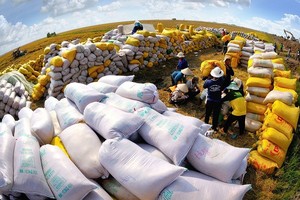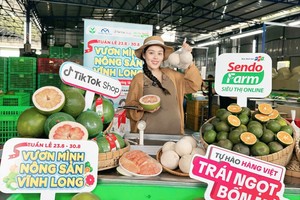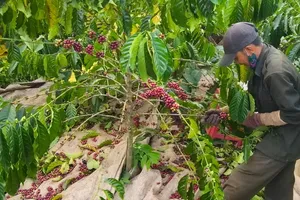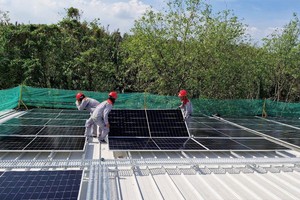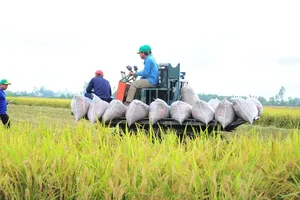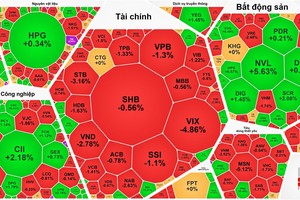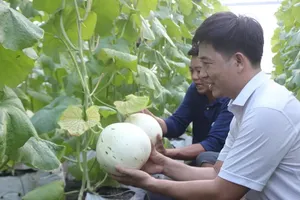Japan is the partner that has signed the most bilateral and multilateral free trade agreements (FTAs) with Vietnam which open up many opportunities for stronger trade cooperation between the two nations, according to Tran Quang Huy, Director of the Ministry of Industry and Trade's Asia-Africa Market Department.
 |
A lychee processing line for export to Japan (Photo: VNA) |
Trade deals such as the ASEAN-Japan Comprehensive Economic Partnership (AJCEP), the Vietnam – Japan Economic Partnership Agreement (VJEPA), the Comprehensive and Progressive Agreement for Trans-Pacific Partnership (CPTPP), and the Regional Comprehensive Economic Partnership (RCEP) have created an extremely important cooperation framework, contributing to promoting trade, investment and business relations between the two countries in accordance with the principle of mutual benefit.
Notably, Vietnam and Japan have many cooperation opportunities in the fields of trade, technological innovation, digital transformation, and supply chain diversity, Huy said.
The structure of export and import products of the two countries is clearly complementary to each other without direct competition.
Statistics show that bilateral trade turnover has increased steadily over the years, hitting $40 billion in 2020, $42.7 billion in 2021, $47.6 billion in 2022, and nearly $37 billion in the first 10 months of 2023.
Japan is the third largest foreign investor in Vietnam with 5,227 valid projects worth over US$71.41 by October 20, 2023. Meanwhile, Vietnam has 106 investment projects in Japan with a total registered investment capital of about $19.5 million.
According to Dang Phuc Nguyen, Secretary General of the Vietnam Fruit & Vegetables Association, the Japanese market accounts for about 5 percent of Vietnam's fruit export turnover, with a total value of about $150 million.
Last year, Japan imported $165 million worth of fruits from Vietnam, accounting for 4% of the fruit and vegetable market share. However, Japan's standards for imported fruit and vegetable are very high.Currently, a number of Vietnamese fruits occupy a large market share and are increasingly popular in the Japanese market such as dragon fruit, mango, durian, coconut, lychee, longan, and banana.
According to Pham Quoc Liem, General Director of U&I Agriculture JSC (Unifarm) in the southern province of Binh Duong, the company exports 10 containers of banana and one container of melon to Japan each week.
However, to enter the Japanese market, agro-forestry-aquaculture products must ensure standards of food hygiene and safety and animal and plant quarantine, and are required to be produced and raised in line with Japanese agricultural standards of GAP, HACCP, and JAS.
Vietnamese Trade Counselor in Japan Ta Minh Duc advised Vietnamese businesses to pay attention to stabilising product quality, and stabilising preservation technology for fruit products exported to Japan.Vietnamese exporters should not increase prices too much to avoid losing competitiveness as inflation in Japan is very low, Minh said.
Trade experts predicted that cooperation between Vietnam and Japan will be supported more as businesses from both sides are exploiting advantages and tax incentives from FTAs such as CPTPP and RCEP. Vietnam has been an attractive destination for Japanese businesses thanks to its market size and growth potential, stable political and social situation, and high-quality human resources, they stressed.
A 2022 survey report of the Japan External Trade Organization (JETRO) shows that 60 percent of Japanese firms plan to expand operations in Vietnam in the next two years. Insiders said this will be an important motivation to promote stronger trade exchange between the two sides in the coming time.



